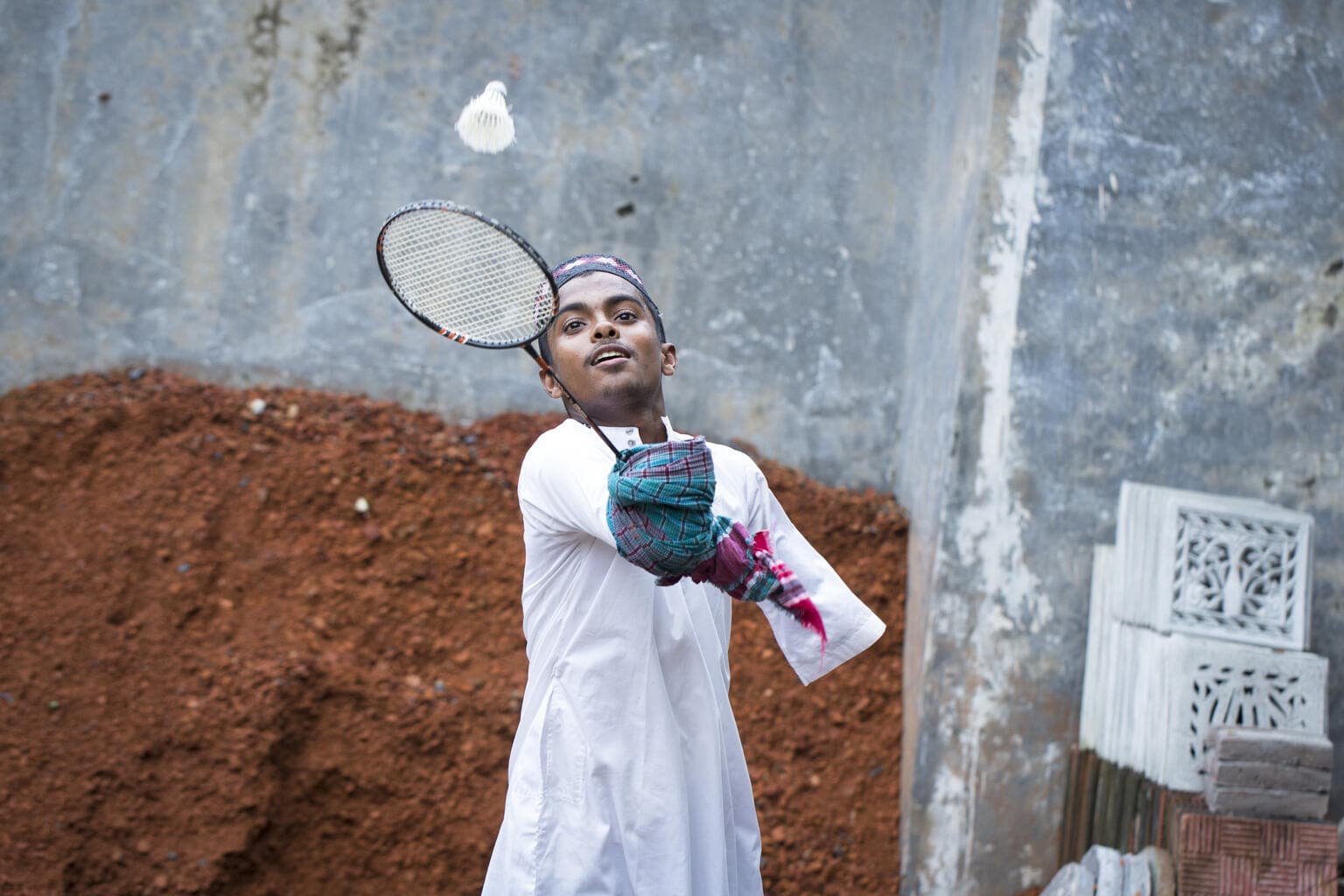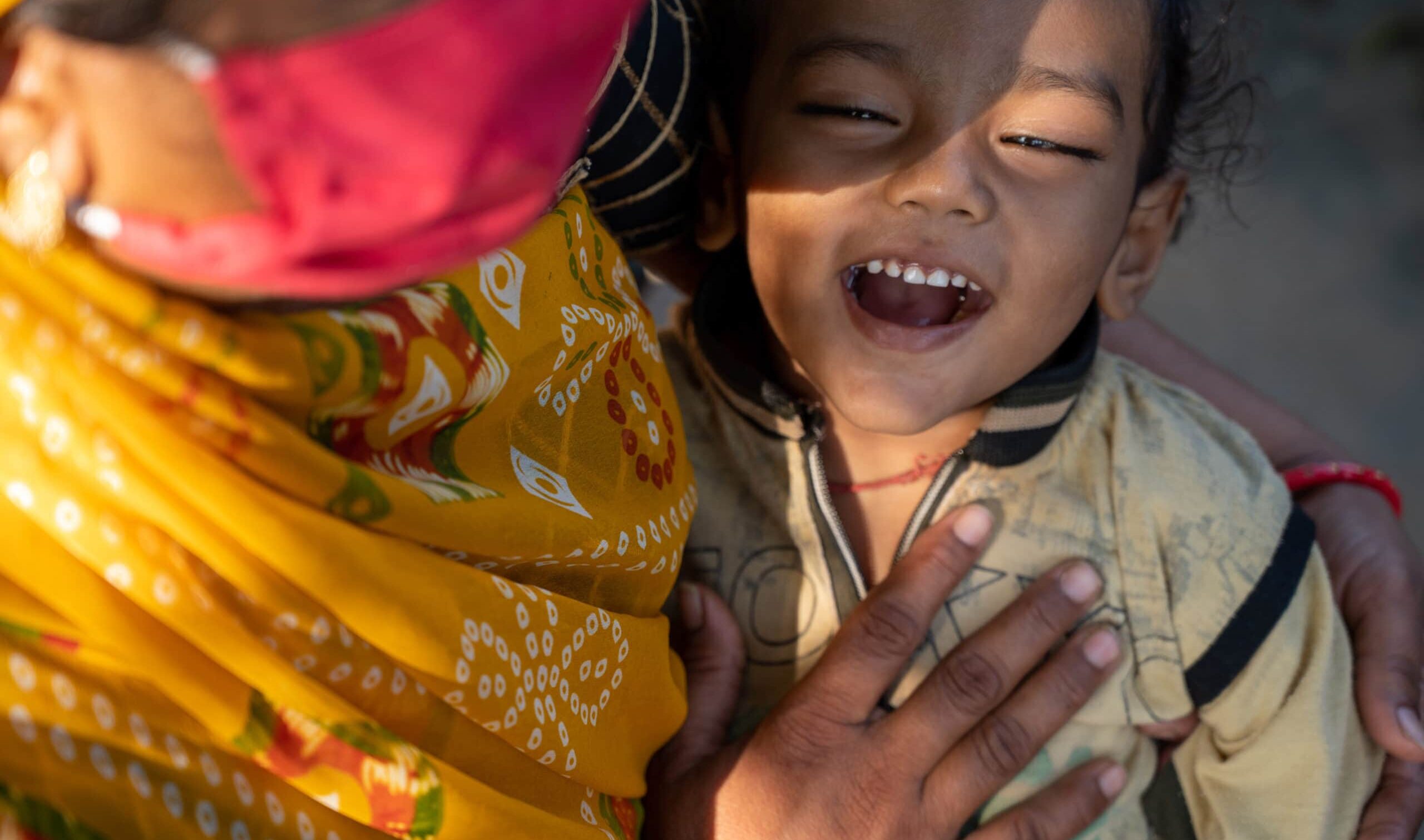Health
Children with disabilities who develop an illness or infection are more susceptible to severe illness, poorer health outcomes and hospitalization than children without disabilities. However, around the world, children with disabilities face significant barriers in accessing care, including stigma, lack of financial resources, inaccessible facilities, lack of transportation, an absence of privacy at care facilities and inadequately trained health-care staff. Despite a sustained decline in the incidence of childhood diseases over the last several decades, diarrhoea and Acute Respiratory Infection (ARI) remain the leading causes of death and disease among children in low- and middle-income countries, responsible for around one third of deaths in children under 5 at the global level. Though these deaths are mostly preventable, diarrhoea and ARI remain potent public health threats. They are deadliest for the most underserved population groups, including the poorest children and those with disabilities. Timely recognition of ARI symptoms (which could indicate pneumonia), along with rapid care-seeking, can ensure appropriate treatment. Delays in care-seeking for children who might be sick due to diarrhoea or ARI can lead to further illness and even death.

